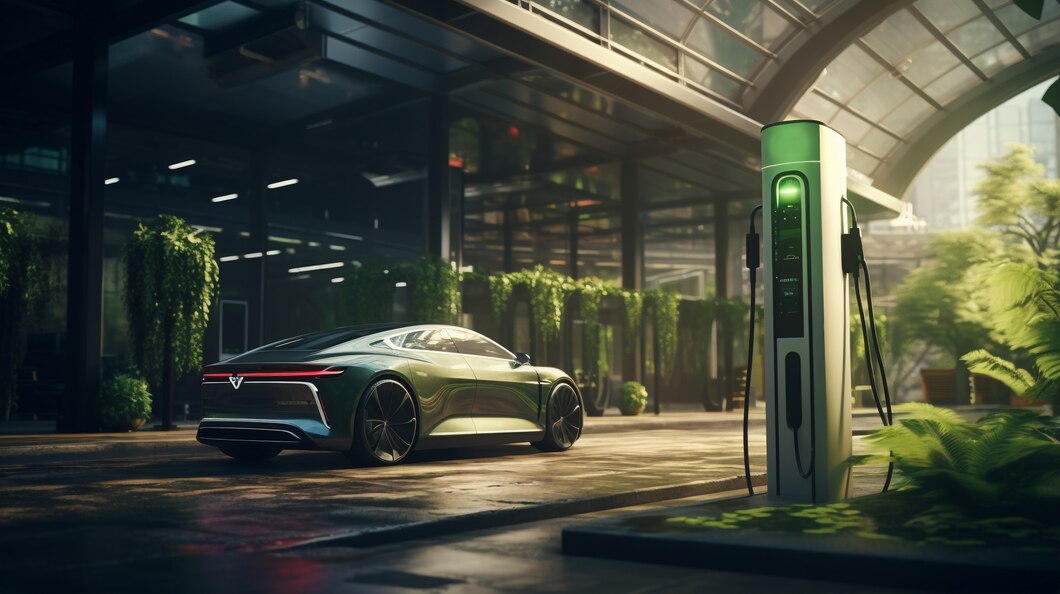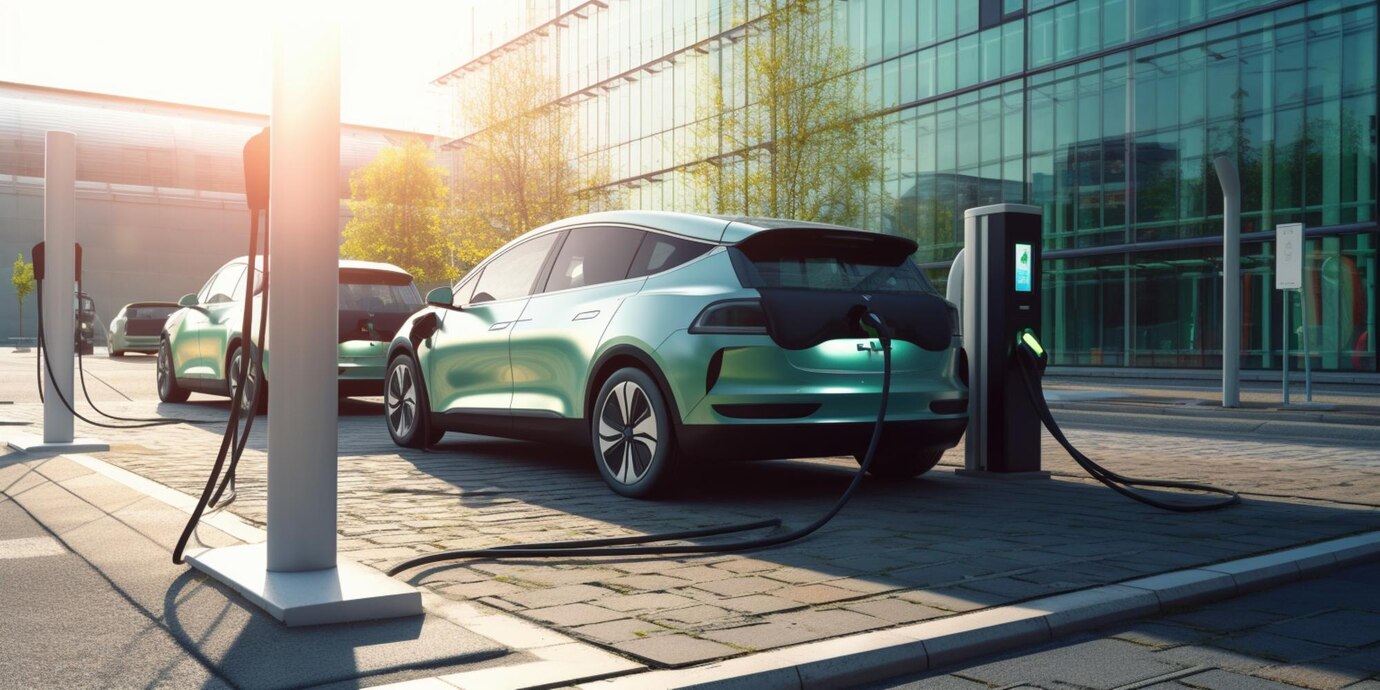As we navigate the shift towards electric vehicles (EVs), one area gaining significant attention is deploying EV charging stations. This transition isn’t without its challenges, but it’s also ripe with opportunities.
The economics of public charging infrastructures, for instance, are affected by a range of factors, from range anxiety to the availability of the home, workplace, and public charging infrastructure. Yet, stakeholders with different business models are converging on the same target—reliable charging.
One approach we’re seeing is the building of ‘makereadies’—infrastructure ready for charger owners/operators to plug into. This model is not without its demands, but it’s one that’s making strides toward the goal of reliable, accessible charging for all.
Let’s dive deeper into the challenges and opportunities in electric vehicle charging station deployment.
Deployment Challenges

Stepping into the realm of EV charging stations, engaging challenges confront us at every turn. Despite aspiring for an electrified future, various hurdles—from infrastructure readiness to regulatory barriers—cast shadows on the path.
Infrastructure Readiness
Preparing infrastructure emerges prominently among these impeding factors. Understand that the slow deployment of charging points is a substantial barrier to widespread EV adoption.
Rural electrification gets stymied, with metropoles and large cities monopolizing these pivotal assets. This lopsided distribution underscores the urgent need for rural electrification plus equitable infrastructure development.
Financial Hurdles
As we delve deeper, we uncover financial issues marring the deployment landscape. Installation costs of charging points often prove prohibitive for many potential owners, curbing the addition rate.
Moreover, power system stability proves vital for the efficient functioning of these charging stations, yet achieving this stability brings its own set of financial implications.
Technical Issues
Let’s examine technical roadblocks. Competing charging standards enter the fray while reliability concerns around power converters loom.
A significant transition to power systems boasting a higher penetration of power electronics batteries and the integration of intelligent grid services simplifies challenges. Flexibility and intelligence form the foundation of these solutions, making strides in increasing the share of renewable energy in the power grid.
Regulatory Obstacles
Regulatory requirements join the list of hurdles we must surmount. Rules vary across jurisdictions, often needing more consistency and posing a complex challenge to EV charging infrastructure deployment. Cooperation and harmonization amongst regulatory authorities can go a long way in smoothing these wrinkles.
We plan to use these challenges to establish a widespread, reliable EV charging infrastructure. Drawing upon the principle of ‘makereadies,’ our journey continues amidst toils and snares. Cherishing a vision of the future where EV charging stations dot every corner, we march forth, addressing these challenges and banking on the sea of opportunities.
Growth Opportunities

Through examining challenges, we naturally expose myriad growth opportunities within the landscape of EV charging station deployment. Areas such as Retail Sector Engagement, Technological Innovations, and Collaboration present promising potential for development.
Retail Sector Engagement
First, let’s delve into retail sector engagement. We note replaying partnerships between charging stations and different kinds of retail businesses. Companies leverage the installation of charging stations to encourage customers to spend longer time within their premises.
As EV owners wait for their vehicles to charge, they might fulfill shopping needs at the same time. This business model presents a symbiosis, breathing life into the electric vehicle industry and retail businesses.
Second, retail giants like Walmart and Target have embraced this strategy by entering into partnerships with companies that run charging networks. We maintain that more retailers can jump on board to benefit from this growth opportunity.
Technological Innovations
Next on the list are technological innovations. EV charging infrastructure requires more than physical, construction-related work. Its seamless integration into existing power grids represents a technical challenge besides posing an opportunity for innovation.
For example, Vehicle-to-Grid (V2G) integration is one area where technological advancements can significantly impact the successful deployment of charging stations.
In the V2G scenario, networks and smart grids are required, involving control system designs, renewable energy sources, and more. Innovations let us press ahead and provide the opportunity to refine existing systems. Yet, one can’t lose sight of the economic implications of these improvements, as they could hike up overall system costs.
Collaboration
Finally, teamwork has great potential. Instead of competing, Southern California Edison (SCE) uses the “makereadies” strategy. In this concept, charger owners contractually pledge to operate every port for a decade and provide monthly port operations reports.
This collaboration allows parties to collaborate toward dependable charging. As EV charging becomes more prevalent, such interactions enable the creation of a reliable EV charging infrastructure based on cooperation and mutual growth.
We see remarkable progress in the difficult journey to a sustainable electric future by adopting innovative methods and tapping hidden opportunities. Explore further as we move forward.
Conclusion
Our path through EV charging station implementation has revealed its obstacles and opportunities. Walmart and Target demonstrate how retail sector collaboration can produce win-win situations. We’ve examined technological advancements, which may increase costs yet are essential for deployment.
Southern California Edison’s strategy to create a reliable charging infrastructure shows the value of collaboration. We know the path ahead could be smoother, but we can build a sustainable electric future with the appropriate methods and a sharp eye for hidden opportunities. We must keep seizing these chances and overcoming obstacles for our world and future generations.
Read Also:




























